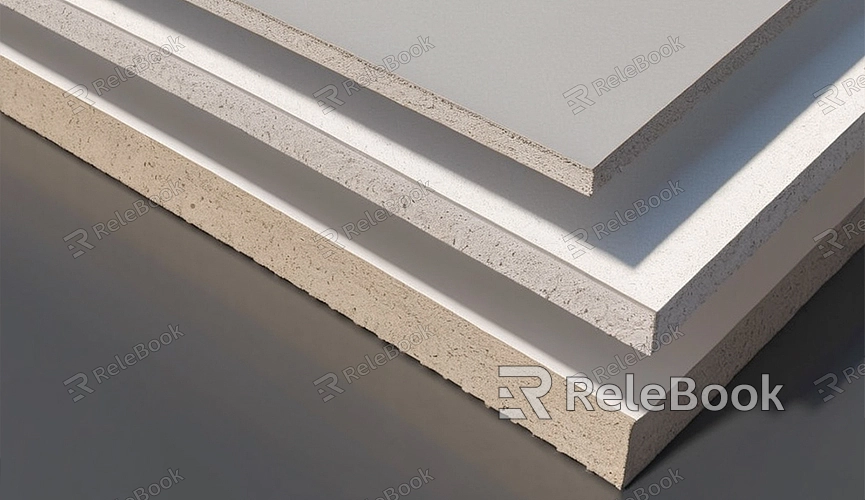C4D how to make models for 3d printing
Interested in creating models for 3D printing using C4D? C4D (Cinema 4D) is a powerful 3D modeling and animation software that offers a rich set of tools and features to help you easily create models suitable for 3D printing. In this article, I'll introduce you to how to use C4D to create models suitable for 3D printing, allowing you to quickly get started and create models that meet your needs.
1. Understand 3D Printing Requirements
Before starting model creation, it's essential to understand some basic requirements of 3D printing. Different 3D printers and materials may have different requirements, including minimum wall thickness, support structures, model structure, etc. Make sure you understand the requirements of the 3D printer and material you intend to use so that you can consider these factors when creating the model.

2. Choose the Right Model Type
In C4D, you can choose from various modeling techniques to create models, including polygon modeling, sculpting modeling, auxiliary grid modeling, etc. For 3D printing, polygon modeling is usually recommended because it can generate more regular and easily printable models.
3. Create the Model
Use C4D's modeling tools and features to start creating your model. You can create a model from scratch or import existing model files for modification. During the modeling process, ensure the model's structure is clear and the wall thickness is uniform to ensure smooth 3D printing.
4. Check the Model
After completing the model creation, it's crucial to perform model checks. You can use C4D's checking tools to inspect the integrity and stability of the model, ensuring there are no holes, voids, or other issues. If any problems are found, make timely repairs and adjustments.
5. Set Model Size and Scale
Before exporting the model, ensure you have set the model's size and scale. Adjust the model's size and scale according to your needs and the printer's requirements to ensure the model matches the actual requirements.
6. Export the Model
After completing model creation and checking, you can export the model to a suitable file format for 3D printing, such as STL, OBJ, etc. When exporting the model, choose the correct file format and export options to ensure the model can be correctly recognized and processed by the 3D printer.
7. Prepare for Printing
After exporting the model, you can transfer the model file to a 3D printer or printing service provider for printing. Before printing, you can preview the model and perform a final check to ensure the quality and structure of the model meet your requirements.
8. Start Printing
Once everything is ready, you can start 3D printing. Adjust settings and make necessary adjustments based on your chosen 3D printer and material, then start the printing process. During printing, monitor the progress and handle any unexpected situations promptly.
9. Post-processing (Optional)
After printing, you can perform post-processing on the printed model, such as removing support structures, smoothing surfaces, painting, etc. Perform appropriate post-processing as needed to achieve the desired final result. If you need high-quality 3D textures, HDRI, or downloadable 3D models while creating models and virtual scenes, you can download them from Relebook and import them directly into your models for immediate use.

